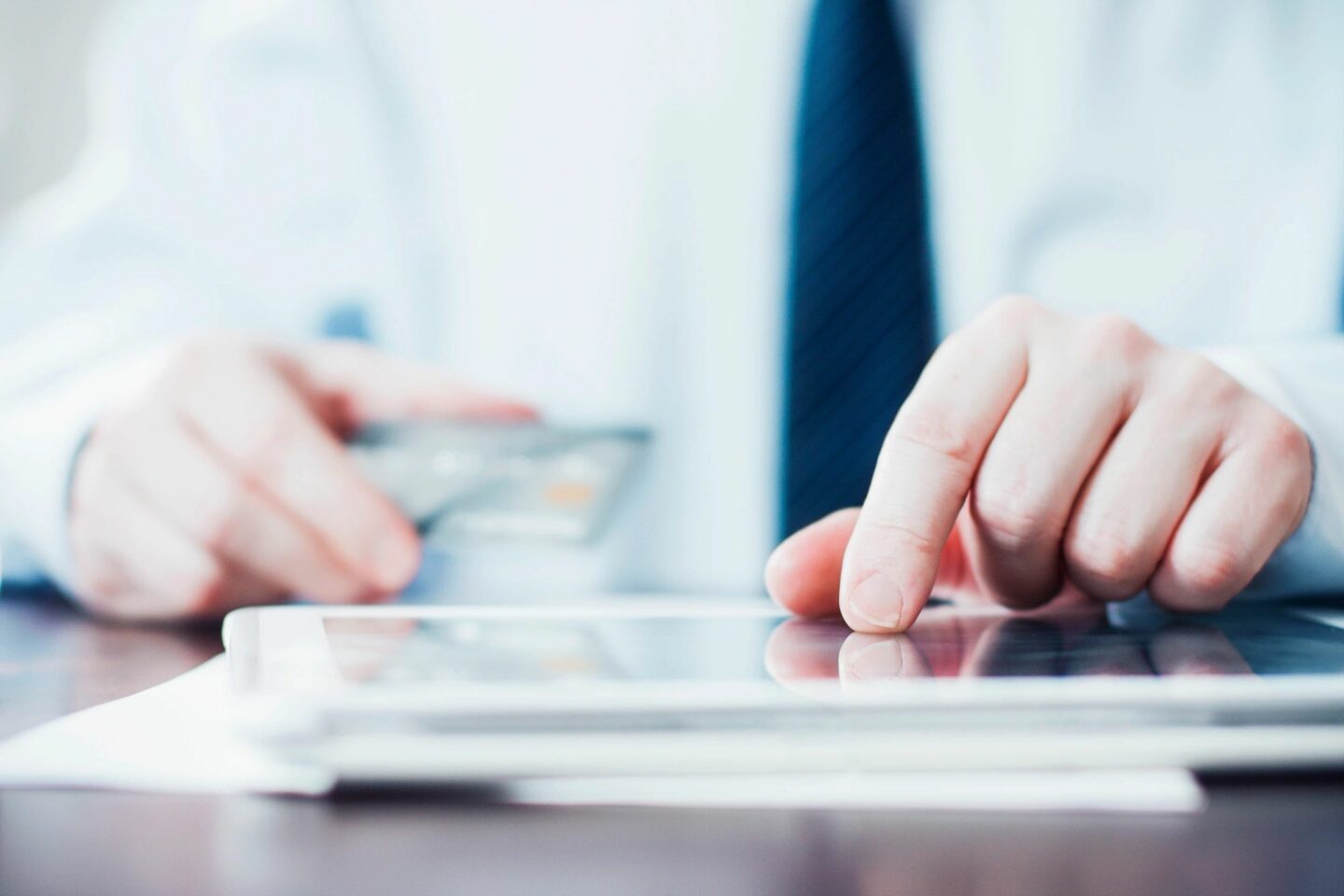If you are starting a new business or introducing a new product into the market, pricing is a topic that is always on top of mind
You think,
“How to price my product?”
In theory, the pricing formula should be straight forward (see below).
Material cost + Labor cost + Overhead cost = Total cost
Total cost + X% of Desired profit = Product cost
Assuming you zeroed on your product price, there are a few pricing psychology principles that you could embed in your pricing strategy.
So, let me ask you a question,
Have you thought about how pricing psychology can influence your consumers’ buying behavior?
What are those pricing psychology principles?
1] Prestige pricing
If you want to convey high quality, use rounded numbers.
“$1,000.00 suggests higher quality than $999.95”
Drew Eric Whitman
“In 2000, Rutgers University did a study of people reading an ad for a woman’s dress. The subjects reported that the dress priced at $49.99 was of lower quality than the same ad featuring the exact same dress priced at an even $50.” — Drew Eric Whitman, Ca$hvertising
2] Odd-even pricing
If you want to suggest a greater value, use prices ending in odd numbers such as 77, 95 and 99.
“$9.77 seems like a better deal than $10.00”
Drew Eric Whitman
“Schindler and Kibarian (1996) tested odd pricing using three versions of a direct-mail women’s clothing catalog. All three catalogs were identical, except for the prices, which ended in 00, 88, and 99. The winner? The 99 catalog produced 8 percent greater sales and more buyers than the 00 version. The 88 catalog pulled in as many sales and buyers as the 00 version.” — Drew Eric Whitman, Ca$hvertising
3] Fractional pricing
If you want to indicate that your price is the lowest price you could offer, use fractional pricing.
In fact, fractional pricing is the most common pricing. This is because…
- It implies that the lowest possible price has been calculated for the item, and
- As consumers, we ignore the last digits of any price and round up, which makes the item seem more affordable
“Researchers Holdershaw, Gendall, and Garland (1997) found that approximately 60 percent of advertised retail prices ended in 9, 30 percent ended in 5, 7 percent ended in 0, and the remaining seven digits, combined, accounted for just more than 3 percent of the prices studied.” — Drew Eric Whitman, Ca$hvertising
If you want to suggest that your prices haven’t been recently raised, end the price with 98 or 99.
“Interestingly enough, people make some fascinating rationalizations for fractional prices. For example, Schindler (1984) found that consumers who see a price ending in 98 or 99 are more likely to believe that the price was not recently raised.” — Drew Eric Whitman, Ca$hvertising
If you want to suggest that your products were on sale, end the price with 98 or 99.
“According to Quigley and Notarantonio (1992), subjects who saw an ad with a 98 or 99 ending price were much more likely to believe the product was on sale than products with 00 end prices.”
What about prices ending in 95? Are they as effective as 99? Research shows they’re not. Likewise, 49, 50, and 90 are also not suggestive of low price. But evidence shows that prices ending in 79, 88, and 98 do convey value.” — Drew Eric Whitman, Ca$hvertising
I guess it’s no surprise that most prices we see are odd prices, fractional or both. After all, greater value, and the perception that you have offered the lowest price point you can for your product could highly influence your consumers to buy… and buy some more.
